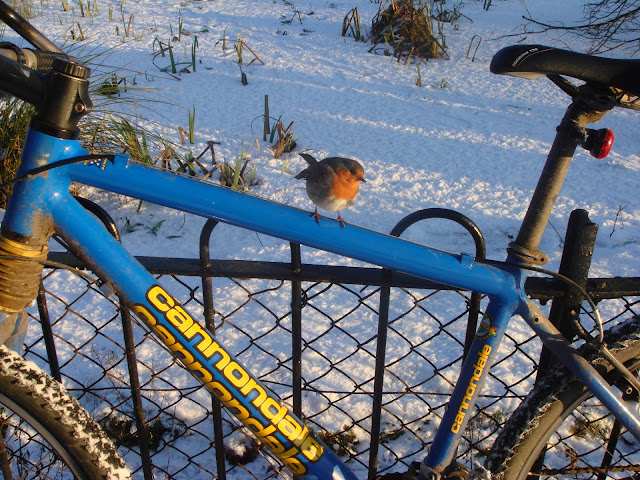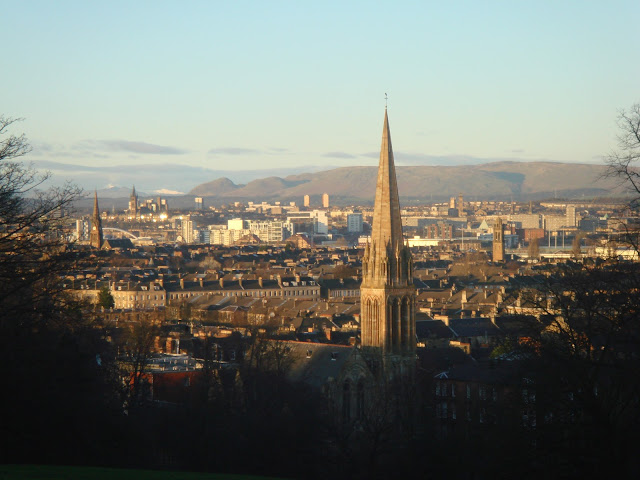Education cannot help us as long as it accords no place to metaphysics… Education can only help us if it produces ‘whole men.’ E.F. Schumacher
Be still and know. Psalm 46:10
The practice of ‘being slow’ is the practice of becoming whole again; in effect, being slow (or equally, slow being) is to resuscitate the right hemisphere of the brain and break free of what Goethe called ‘the gloom of the empirico-mechanico-dogmatic torture chamber’ (mechanistic and quantative thinking, and too much left-braining). By this, I mean that, through the process of slowing down (of un-busying one’s self) and inviting a more synthetic-meditative (and less analytic-fragmentive) outlook of self and world, one begins to apprehend (and synthesise) one’s universal relations more clearly, thus, effectively, instituting one’s route to health and wholeness.
Within an anti-contemplative (and picnoleptic) society that predicates itself on ‘keeping busy’ and whose economic mantra is ‘growth for growth’s sake’, there really is no route to health that does not exploit nature and/or man’s wholeness as integration into (and harmonization with) this nature. Indeed, our growth-economy (when it doesn’t demand it) requires dis-integration from, and fragmentation of, nature in order to ‘work’. Our education system itself appears to be nothing more than the systematic outfitting of the mindset required to deal efficiently with this scenario. As E.F. Schumacher remarks in Small is Beautiful:
Be still and know. Psalm 46:10
The practice of ‘being slow’ is the practice of becoming whole again; in effect, being slow (or equally, slow being) is to resuscitate the right hemisphere of the brain and break free of what Goethe called ‘the gloom of the empirico-mechanico-dogmatic torture chamber’ (mechanistic and quantative thinking, and too much left-braining). By this, I mean that, through the process of slowing down (of un-busying one’s self) and inviting a more synthetic-meditative (and less analytic-fragmentive) outlook of self and world, one begins to apprehend (and synthesise) one’s universal relations more clearly, thus, effectively, instituting one’s route to health and wholeness.
Within an anti-contemplative (and picnoleptic) society that predicates itself on ‘keeping busy’ and whose economic mantra is ‘growth for growth’s sake’, there really is no route to health that does not exploit nature and/or man’s wholeness as integration into (and harmonization with) this nature. Indeed, our growth-economy (when it doesn’t demand it) requires dis-integration from, and fragmentation of, nature in order to ‘work’. Our education system itself appears to be nothing more than the systematic outfitting of the mindset required to deal efficiently with this scenario. As E.F. Schumacher remarks in Small is Beautiful:
Education which fails to clarify our central convictions is mere training or indulgence. For it is our central convictions that are in disorder, and, as long as the present anti-metaphysical temper persists, the disorder will grow worse. Education, far from ranking as man’s greatest resoucrce, will then be an agent of destruction, in accordance with the principle corruptio optimi pessima.
Metaphysics, as the art of being still and allowing that stillness to inform (through a process of in-sourcing, in-forming, and refining) stands at complete odds with a society whose very economic heartbeat demands out-sourcing and ex-forming (in-forming and de-fining you from the outside). Metaphysics, then, is the difference between original thinking/original living and second-hand thinking/second-hand living. By 'original' I mean not that it hasn't been done before but that it originates from within. In welcoming Metaphysics (born of a 'religious slowness' that allows us to see things 'as they are'), we may proclaim Freedom. A state of freedom where our thoughts are our own, where our journeys have been made under our own steam, and where our central convictions have been forged within the heart's own fire.
Until then, until that point where we begin to think on our own two feet (left and right), we shall have to make do with our ignorance, and our loneliness, and our lack of comprehension of the self’s universal relations.
'Relatives are Universal' [Sculpted epitaph at the entrance to SECC, Finnieston]








